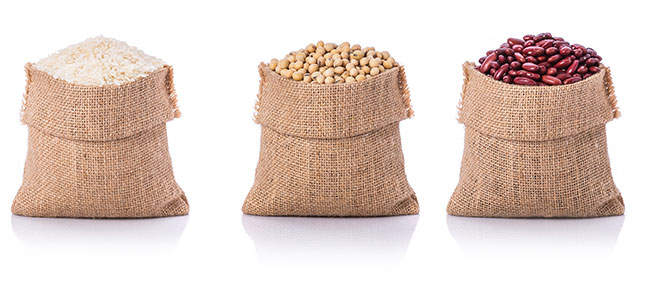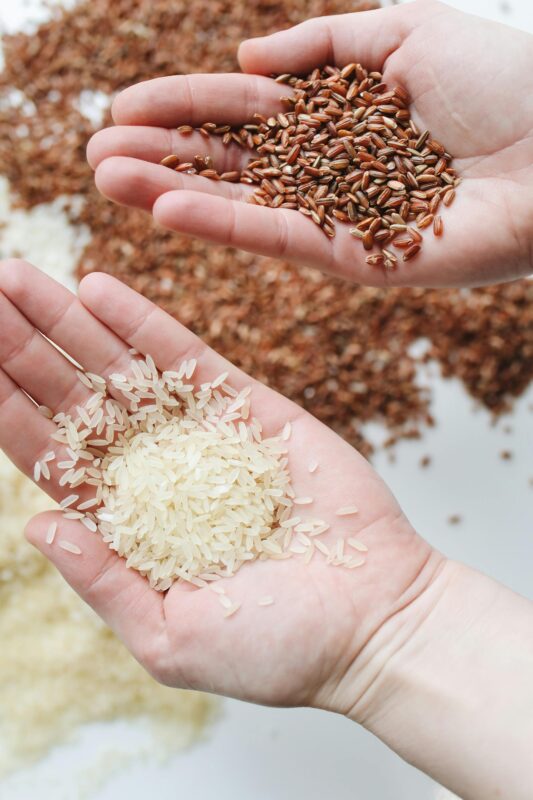1. Introduction: The Critical Role of Screening in Rice & Grain Processing
Rice and grain milling industries are at the heart of global food production, supplying essential staples to billions of people. As demand for high-quality, contaminant-free food continues to rise, milling plants face increasing pressure to enhance both product quality and processing efficiency. One often-overlooked but crucial stage in the production line is screening and separation.
Modern vibrating screens play a central role in ensuring uniform grain size, removing impurities, separating broken kernels, and preparing products for downstream processing. By integrating precision screening technology into milling lines, manufacturers can achieve higher yields, superior product consistency, and reduced waste.

2. Key Challenges in Rice and Grain Milling
Despite technological advancements, rice and grain processors encounter persistent operational issues:
- Impurities and Contaminants: Stones, husks, dust, and foreign particles must be efficiently removed to meet safety and quality standards.
- Size Uniformity: Uneven grain sizes can affect cooking properties, market value, and consumer satisfaction.
- High Throughput Requirements: Modern mills must process large volumes without compromising accuracy.
- Product Loss: Inefficient screening can lead to broken grains being wasted or incorrectly classified, reducing overall yield.
- Moisture & Stickiness: Particularly in humid climates, materials may stick together, causing screen blinding and clogging.
Vibrating screens address these challenges through precise motion control, adjustable mesh sizes, and efficient deblinding systems.
3. How Vibrating Screens Improve Quality and Yield
a. Precise Size Classification
Vibrating screens allow for multi-deck configurations, enabling separation of whole grains, broken pieces, and fine impurities in a single pass. By using tailored mesh sizes and vibration frequencies, mills can achieve tight particle size control that traditional rotary sifters cannot match.
b. Efficient Impurity Removal
Whether it’s removing husks before polishing or filtering dust after drying, vibrating screens ensure cleaner product streams, reducing downstream contamination risks.
c. Gentle Material Handling
Unlike aggressive mechanical separators, modern linear and circular vibrating screens offer gentle yet effective motion, preserving the integrity of delicate grains and minimizing breakage.
d. High Throughput with Low Downtime
Advanced screen designs incorporate quick-clean features, anti-blinding devices, and easy mesh replacement. This allows mills to maintain continuous operation, even at high capacities, with minimal maintenance interruptions.

4. Typical Applications in Rice & Grain Milling
Vibrating screens can be applied at various stages of rice and grain processing lines:
| Processing Stage | Screening Function | Typical Screen Type |
|---|---|---|
| Pre-cleaning | Remove large impurities like stones, straw, and dust | Circular vibrating screen |
| Dehusking / Polishing | Separate husks, broken grains, and finished product | Linear or multi-deck screen |
| Grading | Classify whole grains vs. broken pieces | Fine mesh linear vibrating screen |
| Drying & Cooling | Eliminate fine dust, ensure even grain flow | Circular vibrating screen |
| Packaging & Final Control | Final quality check for size and cleanliness | High-precision screening system |
This staged approach ensures maximum removal of impurities, uniform grading, and efficient product flow throughout the milling process.
5. Advanced Features of Modern Vibrating Screens
- Multi-Deck Configurations: Enable simultaneous grading of multiple fractions.
- Ultrasonic Deblinding Systems: Prevent mesh clogging, especially for fine powder screenings like flour or rice bran.
- Adjustable Amplitude & Frequency: Adaptable to different grain varieties (e.g., basmati rice vs. short-grain).
- Stainless Steel Construction: Meets food hygiene standards and resists corrosion in humid environments.
- Easy Maintenance: Tool-free mesh changing and easy access panels reduce downtime.
These innovations ensure vibrating screens can handle diverse product types while maintaining high accuracy and hygiene standards.

6. Case Example: Upgrading a Rice Milling Line
A rice processor in Southeast Asia upgraded its pre-cleaning and grading line by replacing rotary sifters with high-capacity linear vibrating screens. The result:
- Yield increase of 12% through better size classification
- Reduction of impurities by 95% before polishing
- Downtime reduced by 40% due to quick-clean mesh systems
- Energy consumption reduced thanks to optimized motor design
This upgrade not only improved product quality but also boosted profitability through higher market value of uniform rice grains.
7. Future Trends: Smart Screening and Automation
The future of rice and grain screening lies in automation and smart process control. With IoT-enabled sensors and AI-based monitoring, mills can track screen performance in real time, predict maintenance needs, and adjust operating parameters automatically.
- Real-time Quality Monitoring: Detect impurities or grading anomalies on the fly.
- Predictive Maintenance: Reduce unplanned downtime through early alerts.
- Energy Optimization: Adjust vibration intensity based on flow rates and moisture content.
By embracing smart screening technologies, rice and grain processors can achieve consistent quality at scale, supporting global food security and operational efficiency.
8. Conclusion
Precision screening is no longer a secondary step in rice and grain milling—it’s a core process that determines product quality, yield, and profitability. Modern vibrating screens offer unmatched performance in impurity removal, grading accuracy, and operational efficiency.
For processors aiming to stay competitive in a demanding global market, upgrading to advanced vibrating screening systems is a smart and strategic investment.
